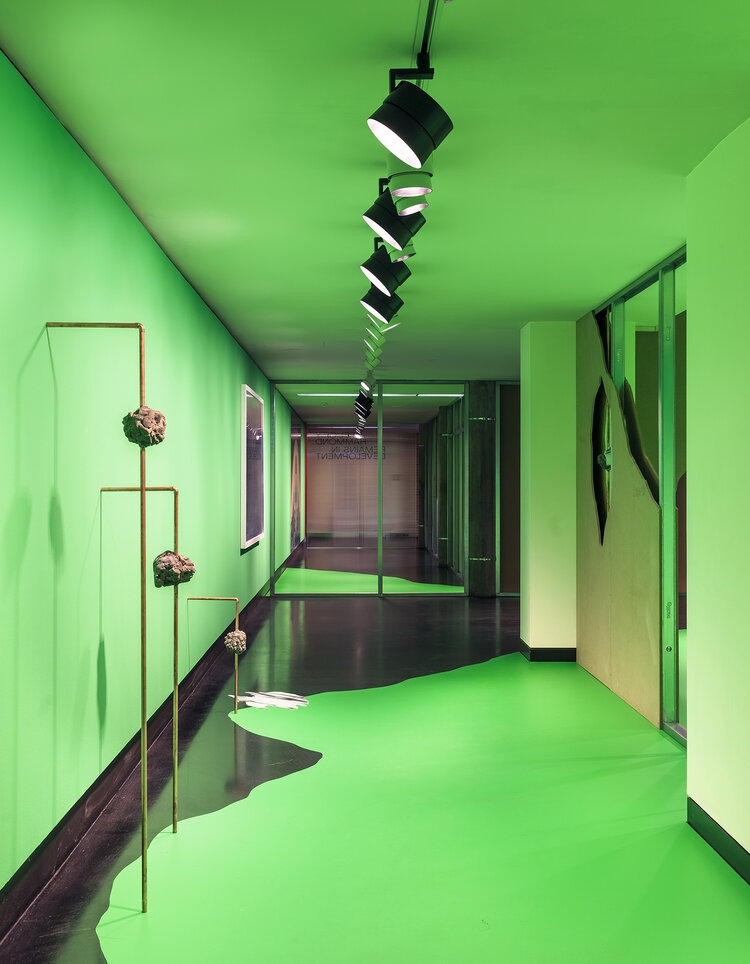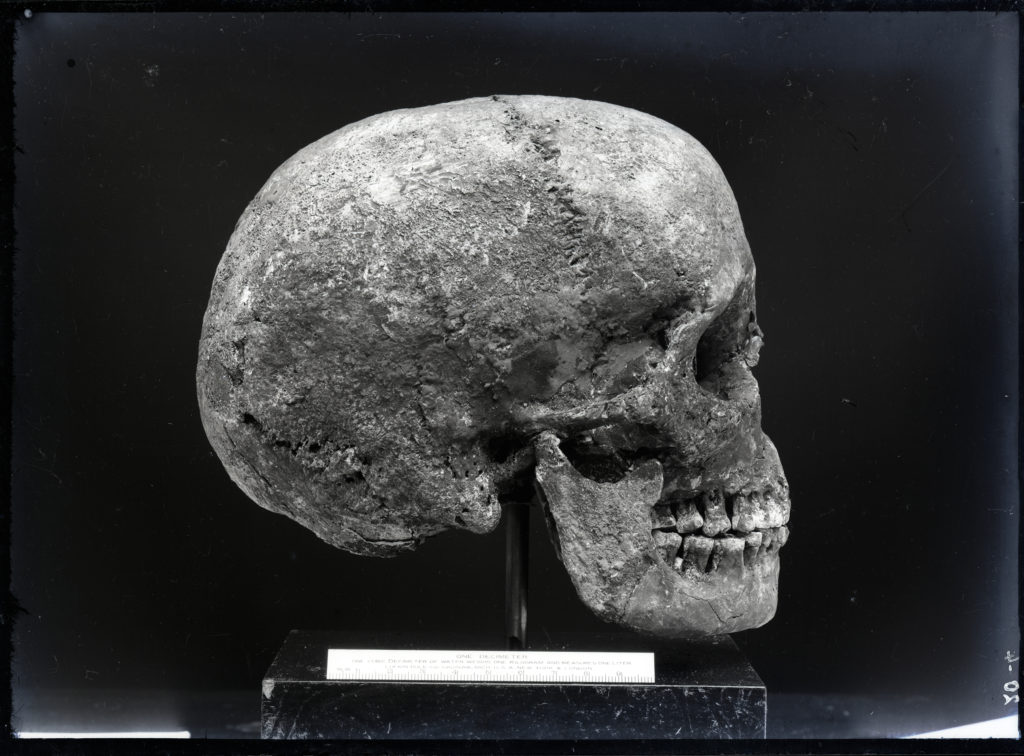Welcome back after summer break!
Before we begin our next creative phase we need to make sure you have chosen your best photo-collage/ joiner and saved in this folder below for our upcoming exhibition at the Link Gallery, Jersey Museum.
Deadline Fri 16 Sept.
M:\Radio\Departments\Photography\Students\Image Transfer\PRINTING – JOINER\A3
Week 1-4: 6-28 Sept
Practice: Still-life, 3D Photo-sculpture and Installation
Theory: History of Still-life as a genre in art
DEADLINE: Wed 28 Sept
EXHIBITION: MY ROCK
Link Gallery 1- 9 Oct, Jersey Museum
Still life has captured the imagination of photographers from the early 19th century to the present day. It is a tradition full of lavish, exotic and sometimes dark arrangements, rich with symbolic depth and meaning.
However, before we begin making images of our objects collected over the summer period we need to learn about how still-life emerged as an independent genre, in particularly during the early 1600s Dutch and Northern European paintings. Many of the objects depicted in these early works are symbolic of religion and morality reflecting on the increasing urbanization of Dutch and Flemish society, which brought with it an emphasis on the home and personal possessions, commerce and trade. Paintings depicting burnt candles, human skulls, dying flowers, fruits and vegetables, broken chalices, jewelry, crowns, watches, mirrors, bottles, glasses, vases etc are symbolic of the transience and brevity of human life, power, beauty and wealth, as well as of the insignificance of all material things and achievements.
Throughout its long history, still life has taken many forms, from the decorative frescoes of antiquity to the high art of the Renaissance. Traditionally, a still life is a collection of inanimate objects arranged as the subject of a composition. Nowadays, a still life can be anything from your latest Instagram latte art to a vase of tulips styled like a Dutch Golden Age painting. Read here for more details about the different categories within still-life paintings such as Fruits, Flowers, Breakfast pieces, Trompe L’Oeil and Vanitas.

Vanitas 
Flowers 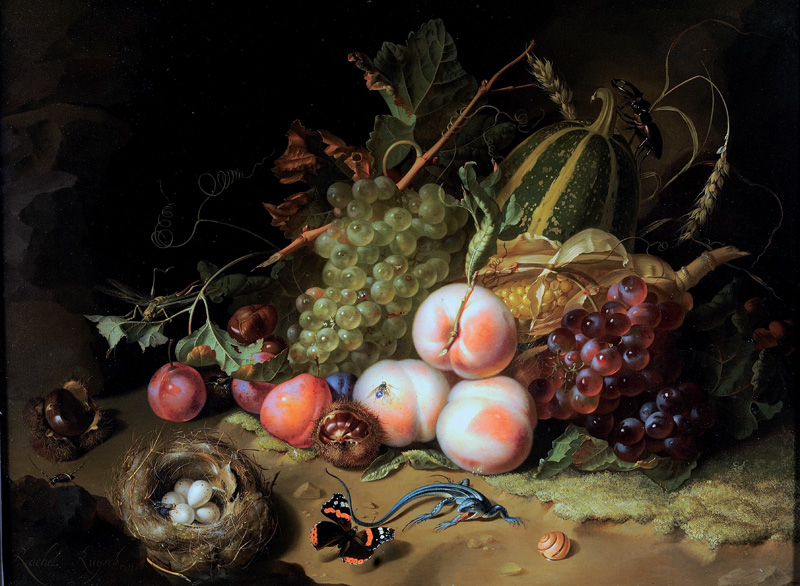
Fruit
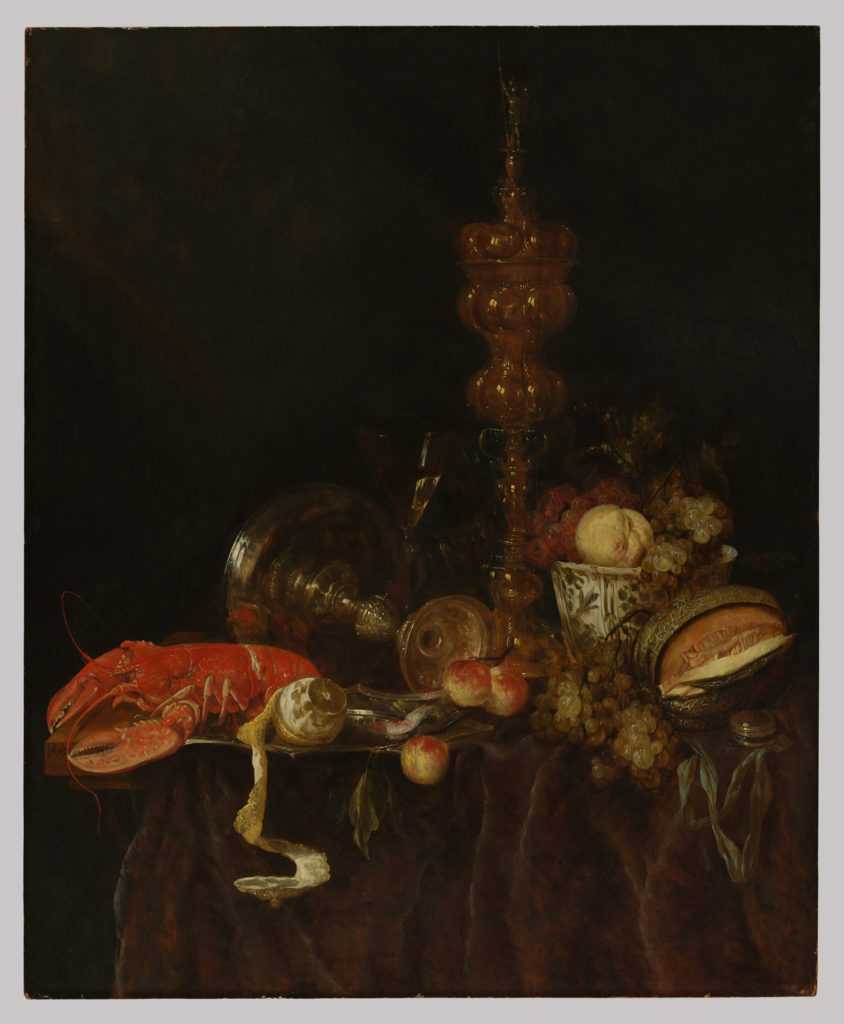
Brilliant surfaces of metalwork and glass reflect lush fruits and a lobster in this still life. Heavily laden tables like this one, boasting both foodstuffs and imported luxuries such as the blue-and-white porcelain bowl from China, typify Dutch still life in the second half of the seventeenth century. Such paintings represent a shift away from the reminders of immortality and vanity in earlier still lifes and toward a wholehearted embrace of earthly pleasures.
Week 1: 6-11 Sept
RESEARCH > ANALYSIS
Study this exhibition: ART OF ARRANGEMENT: PHOTOGRAPHY AND THE STILL LIFE TRADITION
READ the following two short essay linked with the exhibition above for more understanding of still life in art and photography—with its roots in the vanitas tradition.
Brian Liddy: ‘ART OF ARRANGEMENT’: ON THE SHORTNESS OF LIFE
Roy Exley: ‘ART OF ARRANGEMENT’: STILL LIFE IN THE STILL-LIFE
1. HISTORICAL CONTEXT: Produce a blog post and describe origin and definition of still life as a genre in history of pictorial practice. Read texts above and below to gain an overview of how still-life emerged.
https://mymodernmet.com/what-is-still-life-painting-definition/
2. ANALYSIS: Select a key painting and comment on the religious, political and allegorical symbolism of food and objects in terms of wealth, status and power, or the lack of.
Lets take a closer look at the painting, Cookmaid with Still Life of Vegetables and Fruit by British painter Sir Nathaniel Bacon.
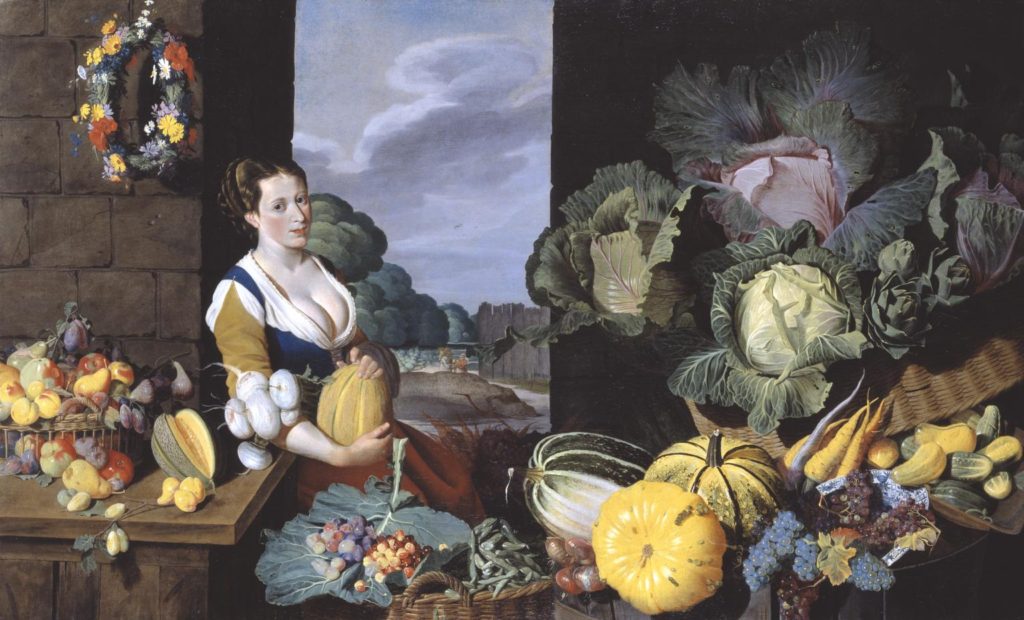
Listen to curator Tim Batchelor discussing the painting
For further insights into the symbolic meaning of food and objects in still-life paintings, read this text Secret Symbols in Still-Life
Week 2: 11-19 Sept
RECORD > RESPOND
STILL-LIFE: photograph objects you collected over the summer from bays and geological sites of special interest (SSI) and photograph them in the studio using different lighting techniques, backdrops and compositions.

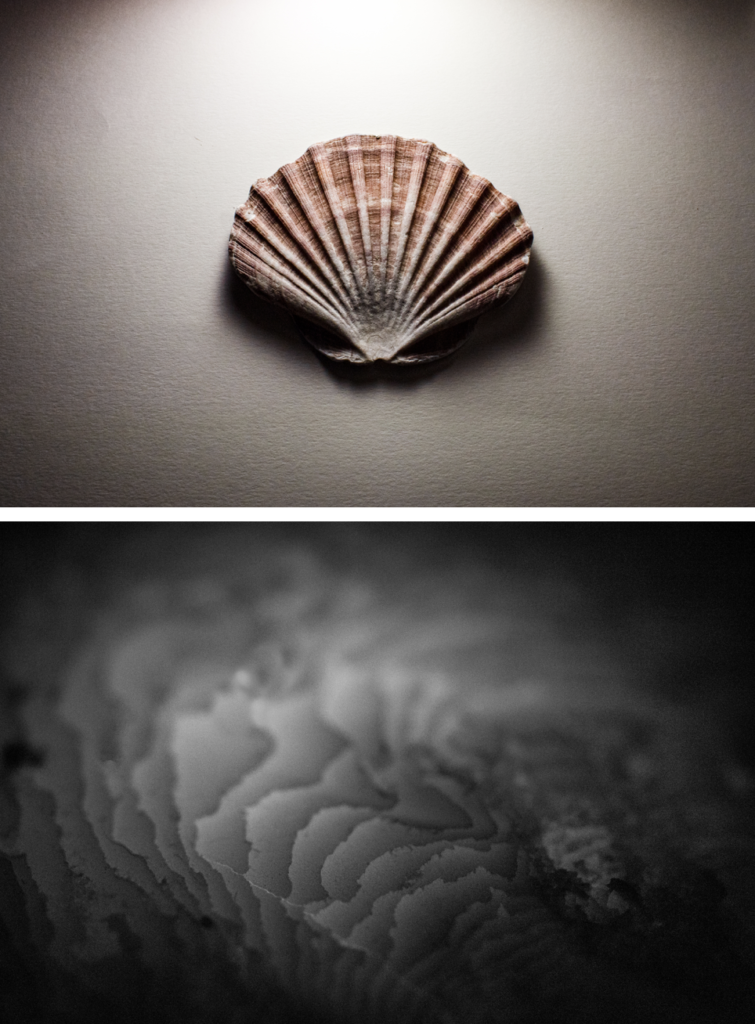
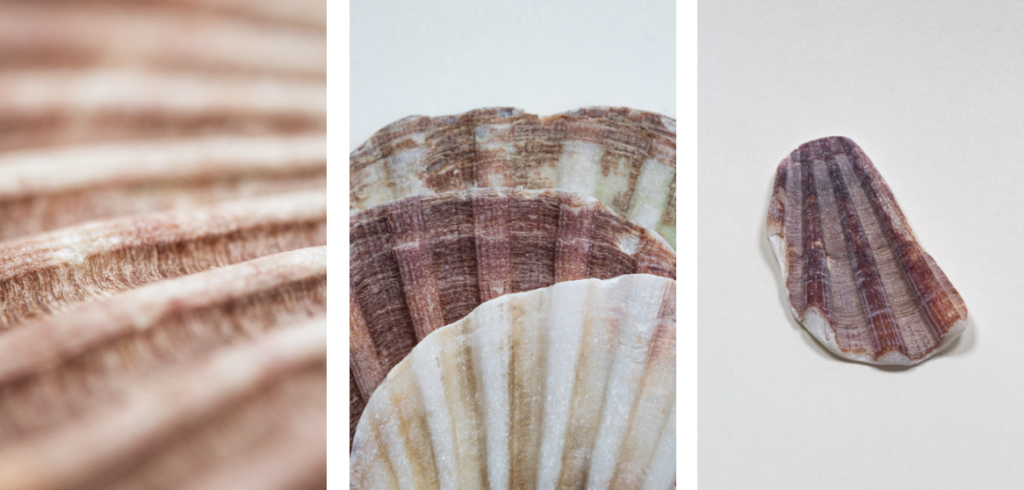

You my wish to remind yourself and refer back to your previous study on objects and still-life that you explored as part of your HERITAGE project last year.
Object Based / Still Life Photography Tasks | 2023 Photography Blog (hautlieucreative.co.uk)
What you must do…
Collect a group of objects that you think combine well. Consider shape and size, colour, texture etc.
For ideas, look carefully at how Mary Ellen Bartley groups, lights and photographs her objects. Aim to create a set of images by altering the layout, lighting, focus, composition etc.

Stack objects 
Light & Shadows 
Rip & Tear 
White monochrome 
Splicing two images 
Conceal & Reveal
Also photograph individual objects as specimen applying a typology approach, ie. deadpan and uniformly framed and lit in a way that is the same in all images.



BLOG: Follow these instructions and complete the following blog posts:
EDITING – NEW PHOTOSHOOTS: Upload and process images from any new photo-shoots your have made in relation to PHOTO-ASSIGNMENT from Summer Project using Lightroom.
- Save raw images from camera card on M:drive in SHOOTS in your project folder: MY ROCK.
- Import images into Lightroom.
- Create a new Collection: Shoot 2, Shoot 3, etc under collection set: MY ROCK.
- Begin to select images using P (pick) and X (reject)Continue to select your best images in Lightroom using star ratings and/or colour labels.
- Produce screen prints for each stage of your selection process and paste into new blog post: PHOTO-SHOOT 2, PHOTO-SHOOT 3, etc
- In Develop mode, adjust images both as Colour and B&W images appropriate to your intentions.
- Export images as JPGS (1000 pixels) and save in a folder: BLOG
- Add a selection of your best edited images (8-12) to the blog post above and write an evaluation.
Week 3-4: 19 Sept – 2 Oct
EXPERIMENTING > DEVELOPING
PHOTO-SCULPTURE: Print a selection of your images and mount them onto foamboard/ mountboard cut-outs and begin to work analogue with knives/ scissors and glue constructing a 3D photo-sculpture.

Jack Dale 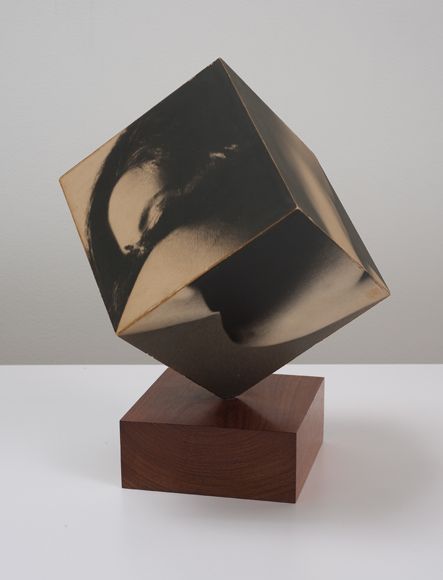
Robert Heinecken, Figure Cube, 1965 
Lauren Pascarella, Photographic Sculpture
Ideas for constructing a photographic sculpture





ARTISTS REFERENCES. As inspiration for your photo-sculpture select at least two artists references as a case study. Explore, discuss, describe and explain key examples of their work relevant to your project and intentions. Follow these steps:
1. Produce a mood board with a selection of images and write an overview of their work, its visual style, meaning and methods. Describe why you have selected to study their work and how it relates to your project.
2. Select at least one key image and analyse in depth using methodology of TECHNICAL>VISUAL>CONTEXTUAL>CONCEPTUAL
3. Incorporate quotes and comments from artist themselves or others (art/ media /film critics, art/ media/ film historians, curators, writers, journalists etc) using a variety of sources such as Youtube, online articles, reviews, text, books etc. Make sure you reference sources and embed links in your blog post.
4. Compare and contrast your chosen artists in terms of similarities and contrasts in their approaches, techniques and outcomes of their work.
3D DESIGN PROCESS: Make sure you produce a blog post that show stages of your experimentation using camera/ phone to document your 3D photo-sculpture as it develops. Make sure you annotate the various processes and techniques that you are using and also describe creative decisions and choices that you make.
FURTHER EXPERIMENTATION: You can produce more than one photo-sculpture and create an installation of several pieces. Be creative and not afraid to make mistakes, Try out the following:
- Print off a selection of carefully chosen images that you can then paste to either foamboard or mountboard. Then cut and arrange these choices so that you can create a free-standing photo-sculpture (see Lethe Wilson above)
- Print same set of images (or chose a different set) — and then rip, tear, cut-n-paste to create a photo-montage. Re-photograph this and develop the composition into a final outcome using same method as above.
- Layering various sizes of foam board with images and re-create a shape of a rock, or details of granite from geological sites of special interests.
- Construct a organic or geometric shape first out of cardboard/ mountboard and wall paper your 3D sculpture with your own images
- Manipulate images first in Photoshop using various tools and techniques to distort, blur, pixelate, liquify, render, stylise etc before printing and gluing onto your 3D model.
- Consider incorporating other elements such as text, typography, figures, found material.
- For example, add Jerriais words into your photo sculpture – see Other Resources below for ideas
- Consider Jersey myth and storytelling as part of the meaning behind your photo-sculpture
INSTALLATION
3D Photosculpture > 2D image
Upon completion of your 3D sculpture photograph your sculpture as an object experimenting with creative lighting techniques in the studio playing between light and shadows, creating a false sense of scale and size. Produce a blog post with a set of your most successful edited images and annotate.
WHOLE CLASS INSTALLATION
As a whole class we will create an installation of all 3D photosculptures. Follow same process as above and add your most successful edited images to the blog post above and annotate.
FINAL PRINTS
Select a set of your best 3 images and save into shared folder below. Mount prints and create a blog post with final presentation and include evaluation below.
M:\Radio\Departments\Photography\Students\Image Transfer\YR13 MY ROCK
EVALUATING: Upon completion of your final outcomes and experimentation, make sure you evaluate and reflect on your creative development. Include images from our exhibition: MY ROCK at Jersey Museum (1-9 Oct) and comment on the following:
- How successful was your experimentation?
- What references did you make to artists references? – comment on technical, visual, contextual, conceptual links?
- How are you going to develop your project from here? – comment on research, planning, recording, experimenting.
- What are you going to do next? – what, why, how, when, where?


INSPIRATIONS: Artist References
Photographic installations which are site specific and 3-dimensional is very in vogue right now. Here are a selection of artists exploring the material nature of a photographic image (print, negative etc) and the idea that photographs can be sculptural.
Felicity Hammond
Felicity Hammond is an emerging artist who works across photography and installation. Fascinated by political contradictions within the urban landscape her work explores construction sites and obsolete built environments.



In specific works Hammond photographs digitally manipulated images from property developers’ billboards and brochures and prints them directly onto acrylic sheets which are then manipulated into unique sculptural objects. Here a few selected works you can use as case studies
Case Study: World Capital (2019)
Ink jet prints on vinyl and dibond, wood, rubber, water, concrete, steel, acrylic


Conversations about the homogenisation of the built environment have taken many forms. From Walter Benjamin’s writings about the effect of capitalism on nineteenth century Paris, to Ian Nairn’s scathing review of the growing ubiquity of town planning, the crisis surrounding urban identity has been and will continue to be widely contested.
In World Capital the conversation turns towards the way that digital technologies have influenced the global image of the city. Offering a commentary on the role that the computer generated architectural proposition plays in the increasing uniformity of the urban realm, the work outlines the ways in which the proliferation of the virtual world has contributed to urban indifference.
Combining images used to market contemporary housing alongside relics of the industrial past, the work collides local history with the global image that supersedes it. Re-imagining the Great Thames flood of 1928 which destroyed much of the site of the exhibition (now known as London City Island) World Capital recalls the area’s industrial and troublesome past, propelling its history into the near future.
Case Study: Remains in Development (2020)
Various materials
In her work, British artist Felicity Hammond confronts the social, political, and economic contradictions of the postmodern city, whose buildings and façades shape our collective identity and open up a future by obliterating the past. Hammond’s large- scale collages combine found images from glossy real estate brochures with her own photographs. They are reminiscent of apocalyptic historic images, but they never reveal the locations of the places they show or how they relate. Instead, the collages reflect the increasing homogenization of big cities, resulting from a process of urban development steered by power struggles between international real estate companies, profit-driven investors, and gentrification critics.


Lorenzo Venturi: Dalston Anatomy
Lorenzo Vitturi’s vibrant still lifes capture the threatened spirit of Dalston’s Ridley Road Market. Vitturi – who lives locally – feels compelled to capture its distinctive nature before it is gentrified beyond recognition. Vitturi arranges found objects and photographs them against backdrops of discarded market materials, in dynamic compositions. These are combined with street scenes and portraits of local characters to create a unique portrait of a soon to be extinct way of lif
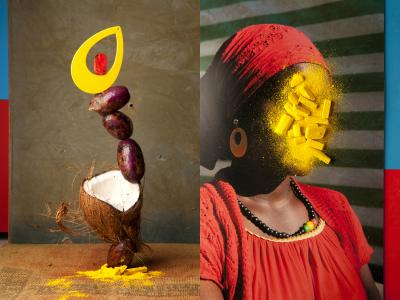

His installation at the Gallery draws on the temporary structures of the market using raw materials, sculptural forms and photographs to explore ideas about creation, consumption and preservation.

INSTALLATION: Create a miniature installation on the white table in the classroom/ studio with your various photo-collages and 3D photo-sculptures and re-photograph it in-situ producing a new set of 2D images. Use proper studio lighting techniques, such as spotlights, chiaroscuro, flashlights and coloured gel for dramatic effect. Mount camera on a tripod frame different compositions that play on our sense of scale & shapes, form & texture and reality & fantasy. Consider making a backdrop out of paper or paint a backdrop that will add an effect.
INSPIRATIONS: Artist References
Look for inspirations from artists, such as James Casebere and Thomas Demand (see below) and compare/ contrast their work to your own images that you produce from photographing your sculptures.
James Casebere
James Casebere pioneering work has established him at the forefront of artists working with constructed photography. For the last thirty years, Casebere has devised increasingly complex models that are subsequently photographed in his studio. Based on architectural, art historical and cinematic sources, his table-sized constructions are made of simple materials, pared down to essential forms. Casebere’s abandoned spaces are hauntingly evocative and oftentimes suggestive of prior events, encouraging the viewer to reconstitute a narrative or symbolic reading of his work.

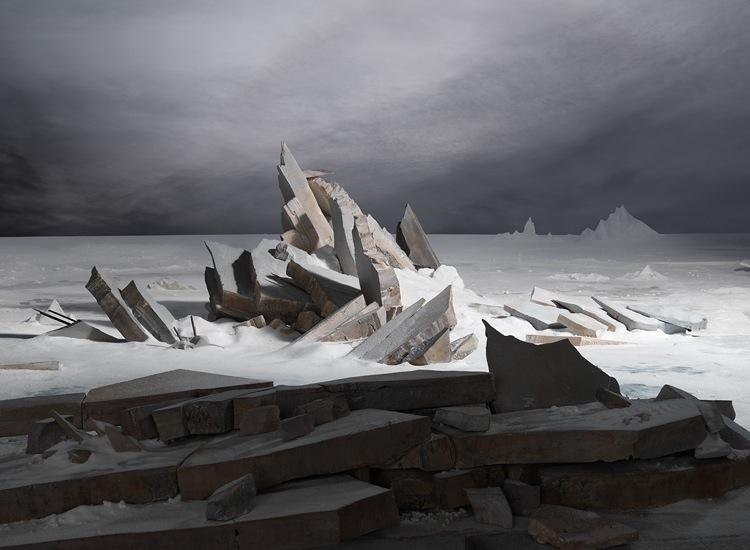
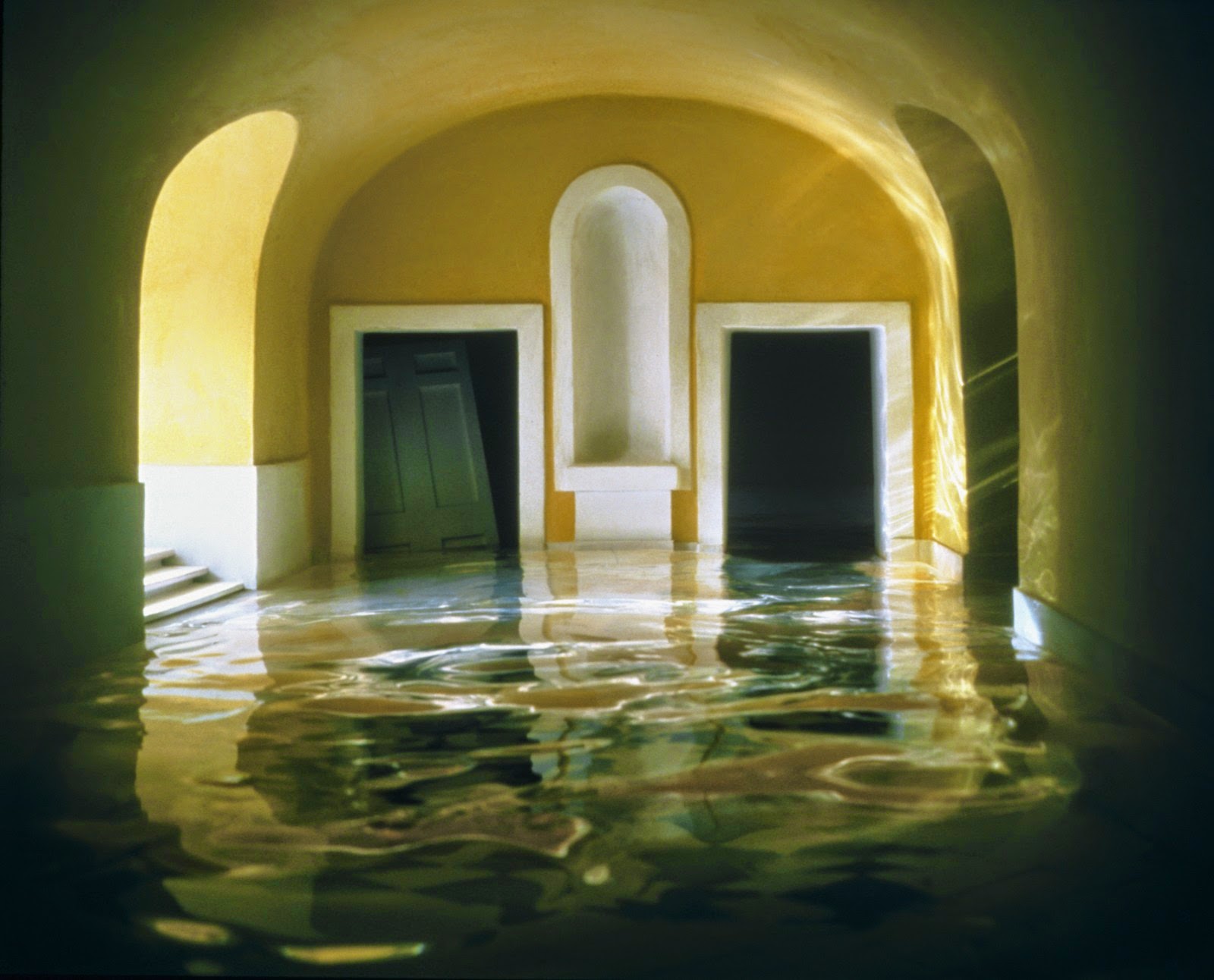

While earlier bodies of work focused on American mythologies such as the genre of the western and suburban home, in the early 1990s, Casebere turned his attention to institutional buildings. In more recent years, his subject matter focused on various institutional spaces and the relationship between social control, social structure and the mythologies that surround particular institutions, as well as the broader implications of dominant systems such as commerce, labor, religion and law.
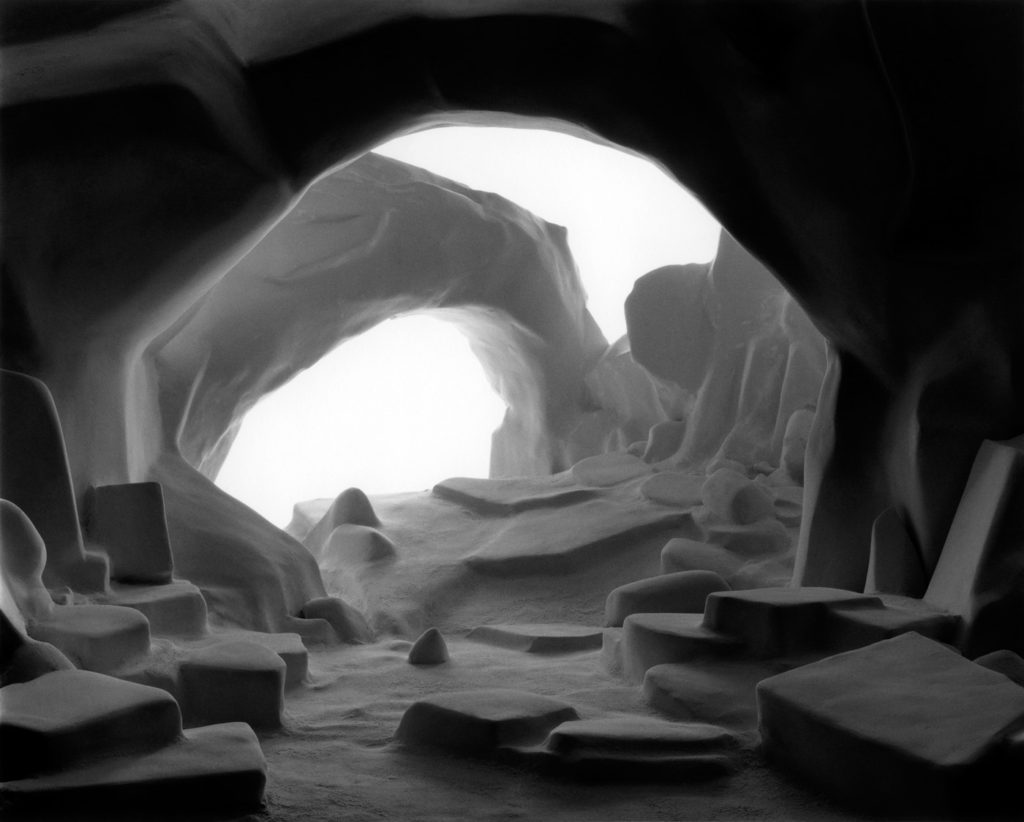

Thomas Demand
Demand studied with the sculptor Fritz Schwegler, who encouraged him to explore the expressive possibilities of architectural models at the Kunstakademie Düsseldorf, where Bernd and Hilla Becher had recently taught photographers such as Andreas Gursky, Thomas Struth, and Candida Höfer. Like those artists, Demand makes mural-scale photographs, but instead of finding his subject matter in landscapes, buildings, and crowds, he uses paper and cardboard to reconstruct scenes he finds in images taken from various media sources. Once he has photographed his re-created environments—always devoid of figures but often displaying evidence of recent human activity—Demand destroys his models, further complicating the relationship between reproduction and original that his photography investigates.
Thomas Demand builds models of the scenes of political and societal events and photographs them. This has made him one of the photographers most in demand today. Now his depictions of German history can be seen in Berlin.
Read interview here on BBC with Thomas Demand about his work and process of making Sadam Hussein’s kitchen. Discusses death of photojournalism (see also Jeff Wall)

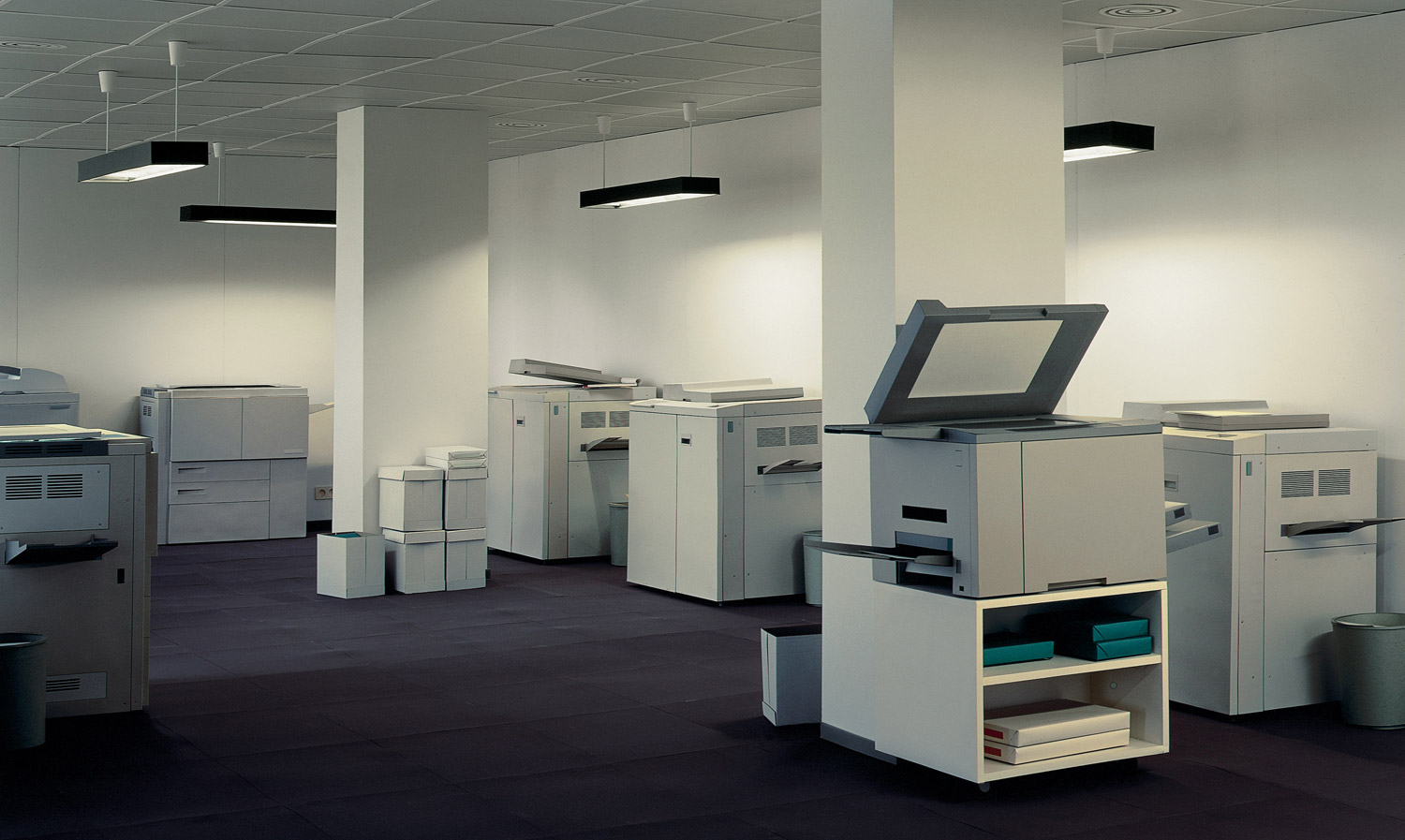
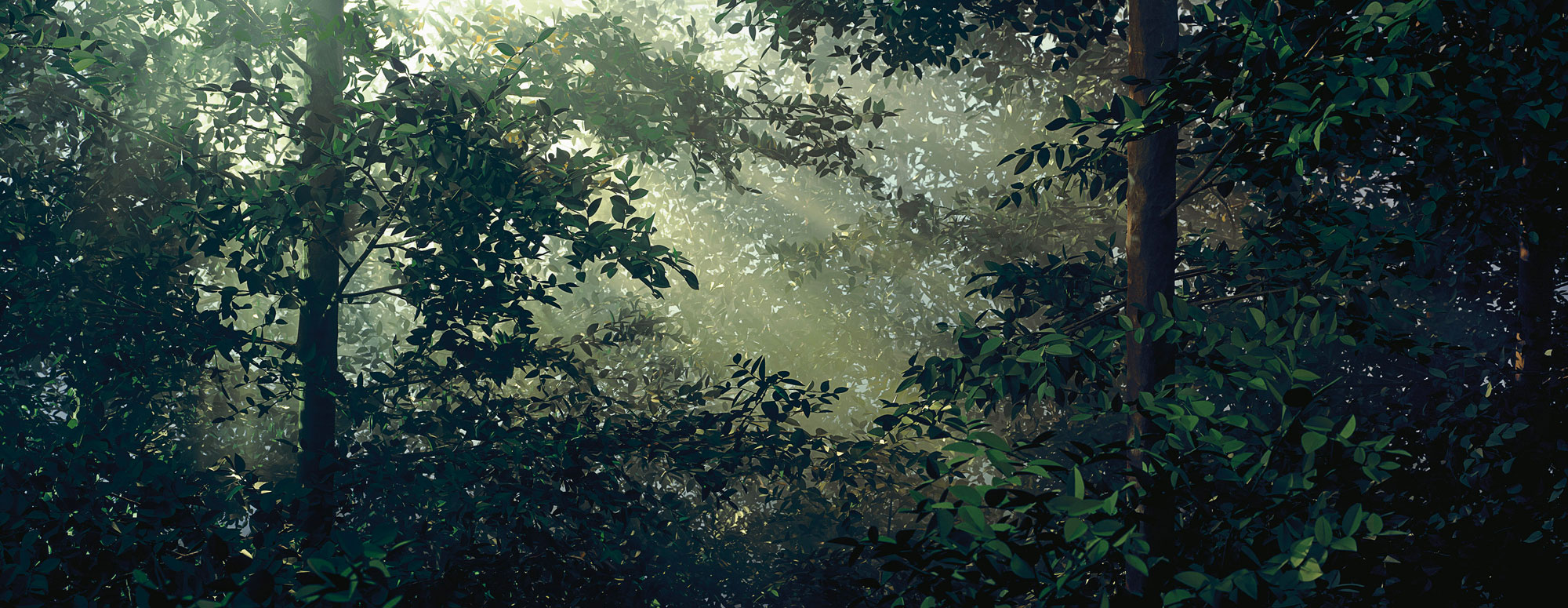

See my books on the table for resources and images about how Demand creates his sculptures.
Pacific Sun, a joint acquisition by LACMA and the Israel Museum, Jerusalem. Consisting of 2,400 frames that capture the artist’s meticulous recreation of YouTube footage of a cruise ship struggling in the midst of a violent storm, the work reveals Demand’s interest in opposing reality with the artificial. Demand’s earlier works dating from the early 1990s were also discussed, illuminating his cross-disciplinary practice spanning sculpture, architecture, photography, and film.
Theory: reality vs artificial
Jeff Wall constructed photography
Week 5: 3 – 9 Oct
Practice: Zine-lab
Theory: Archive
DEADLINE: FRI 21 OCT
TUE 4 OCT: FIELD STUDIES & RESEARCH
La Hocque & Societe Jersiaise Photo-archive
Activities:
08:45: Leave Hautlieu by boach to take us to La Hogue
9:15: Shoot at La Hogue/ Robin Bay/ Green Island/ La Motte
11:30: Coach to Societe Jersiaise, 7 Pier Road
12:00-12:30: Intro to archive and its collections: Look at Guiton’s set of images from La Motte archaeological dig and images from La Cotte.
12:30-13:20: Lunch
13:20-14:00: Research activity – students exploring online catalogue – link to Guiton’s images above and other collections
14:00-14:10: Break
14:10-15:00: Sequencing/ storytelling task: using Guiton’s set from La Motte and also La Cote De St Brelade
15:00 Coach return to Hautlieu School
IMAGES: explore the following
- Landscape & views: rock formations along the coastline set against wider natural environments
- Shapes & Form: Look for interesting granite that you may frame as rock face
- Abstract & close-up: move in closer and look for textures/ patterns/ colourisation/ surfaces/ repetition within granite.
- Photo-collaging: produce a series of images that overlap each other to form a much wider and detailed picture. (See Hockney and Allchurch for inspiration)
- Narrative: Consider how to tell a story about Geological site and include a variety of images, including figures in a landscape

Emile F Guiton – La Motte excavation
BLOG POSTS
ARCHIVES: The Société Jersiaise Photographic Archive contains over 100,000 items dating from the mid-1840s to the present day and is the principal Jersey collection of nineteenth and early twentieth century photograph. Archives can be a rich source for finding starting points on your creative journey. This will strengthen your research and lead towards discoveries about the past that will inform the way you interpret the present and anticipate the future.
- Produce blog post about Societe Jersiaise Photographic Archive with a specific focus on Emile F Guiton collections held in the archive that will inform your zine design.
You can find Guiton images and images from other collections here on our shared school folder:
M:\Radio\Departments\Photography\Students\ISLANDNESS\SJ Photo-Archive
And you can search the online catalogue on Societe Jersiais Photographic Archive here:
Jersey Photographic Archive – Société Jersiaise (societe.je)
SJ Photo-Archive – historical context
Emile F Guiton
Henry Mullins
William Collie
Ernest Baudoux
Clarence P Ouless
Francis Foot
Charles Hugo
Edwin Dale
HOMEWORK TASK
Essay: What are archives?
DEADLINE: WED 12 OCT
To show knowledge and understanding of your experience day at the SJ Photo-Archive you need to write an essay. Follow link and instructions here:
NARRATIVE & SEQUENCING
In our final year of A-level photography we will study how different narrative structures can be used to tell stories from looking at the origin of photo essays in photojournalism to contemporary photography as well as cinema and literature.
This term we will begin to focus our attention on narrative in photography and explore visual storytelling as apart of our Personal Study, that includes developing a new body of work based around the theme of ‘islandness’, presented either as a photobook and/or a film, and writing an essay.
The aim is to produce a 16 page photo-zine in InDesign based around the images you have produced from exploring a bay or geological sites of special interest, that you selected to photograph as part of your Summer Project: MY ROCK.

NARRATIVE is essentially the way a story is told. For example you can tell different narratives of the same story. It is a very subjective process and there is no right or wrong. Whether or not your photographic story is any good is another matter.
Narrative is constructed when you begin to create relationships between images (and/or text) and present more than two images together. Your selection of images (editing) and the order of how these images appear on the pages (sequencing) contributes significantly to the construction of the narrative. So too, does the structure and design of the photo-zine. However, it is essential that you identity what your story is first before considering how you wish to tell it.
In order for you to understand better how narrative works in photography let’s consider the differences between narrative and story when making a photo-zine. For a more in-depth understanding of NARRATIVE and PHOTOGRAPHY go to blog post below.
Once you have considered the points made between the differences in narrative and story and done some research around Jersey’s geography, bays and geological site of special interest that you explored with your camera, ie. west coast or east coast, write the following:
Research sites and resources: www.jerseygeologytrail.net
STORY: What is your story?
Describe in:
- 3 words
- A sentence
- A paragraph
NARRATIVE: How will you tell your story?
- Images > new photographic responses, photo-shoots of objects…
- Archives > images from SJ photo-archive, found imagery…
- Texts > experiment with typography, key words, poems…
EDITING: photo-shoots from school trip.
Produce a blog post with evidence of your photoshoot and editing and selection process.
- In Lightroom make a rough edit of 50-60 images, then go through then again and reduce to 20-30 images and third round of editing to an ordered series of 12-16 images. Use screen prints to show editing process and add to blog with annotation.
- Adjust your final set in Develop Mode and produce both colour and b&w versions of the same set, remember to crop for emphasis, and use other tools such as spot removal, graduated filter and adjustment brush, if needed
- Produce a blog post where you evaluate your first edit of images, reflect on what story you are trying to communicate and how you can improve and develop your narrative.
Here are instructions on how to use, if necessary: LIGHTROOM-CHECKLISTDOWNLOAD
SEQUENCING: Print your final set of 12-16 images as small work prints using print Microsoft wizard (4 images per page, 9x13cm) Cut images using guillotine and layout on table and begin to sequence them to construct a narrative. Consider the following:
- Think about your theme or story.
Think about start, middle and end images. - Which images are major (establishing shots, full page, double page), and minor (portrait, detail shots, small images, multiple images on the page etc.)
- Think about visual relationship between images and their juxtaposition e.g colour, shapes, subject, repetition, landscape, portrait, objects, details etc.
- What happens or changes over the series of images?
- Are you using your best images?
- Include archival images from Emile Guiton’s collections, such as La Motte (Green Island) or La Cotte (St Brelade)
You can find Guiton images and images from other SJ collections here on our shared school folder:
M:\Radio\Departments\Photography\Students\ISLANDNESS\SJ Photo-Archive
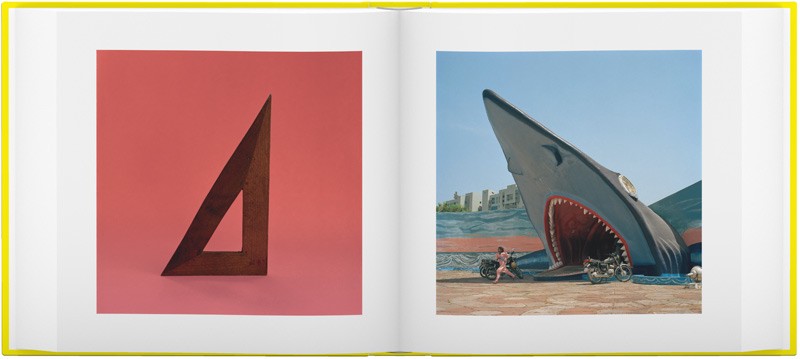
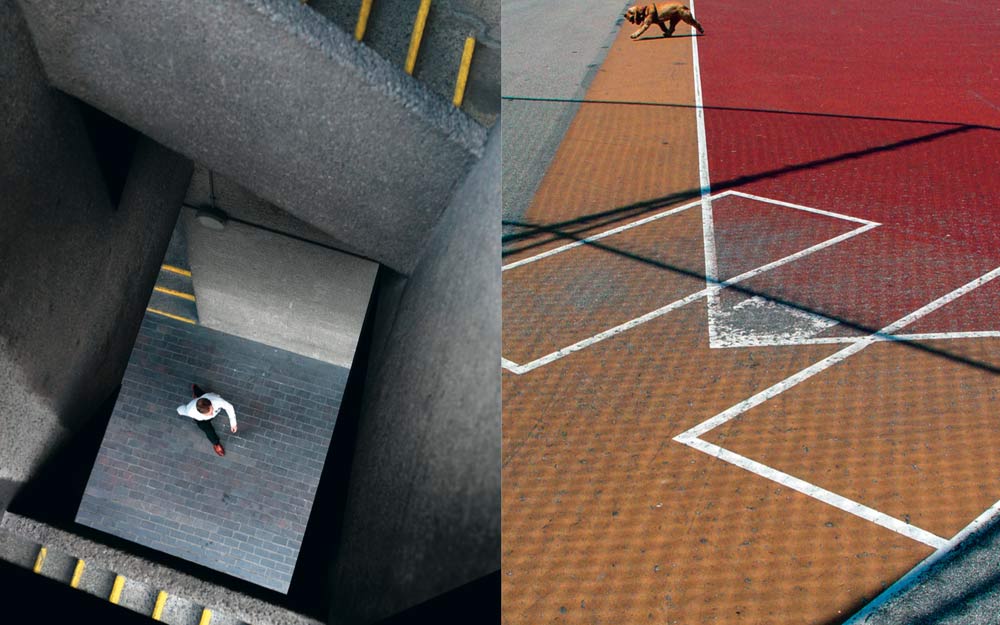
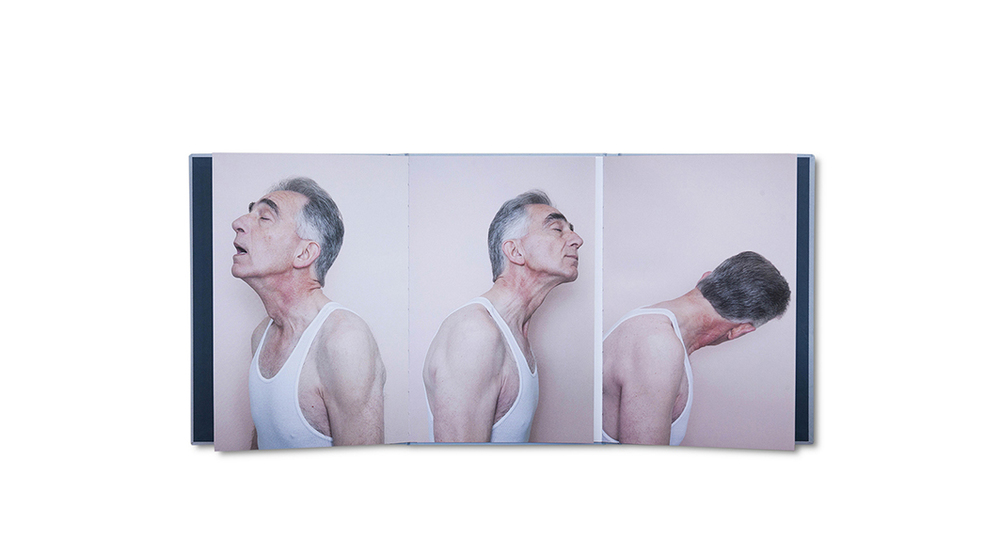
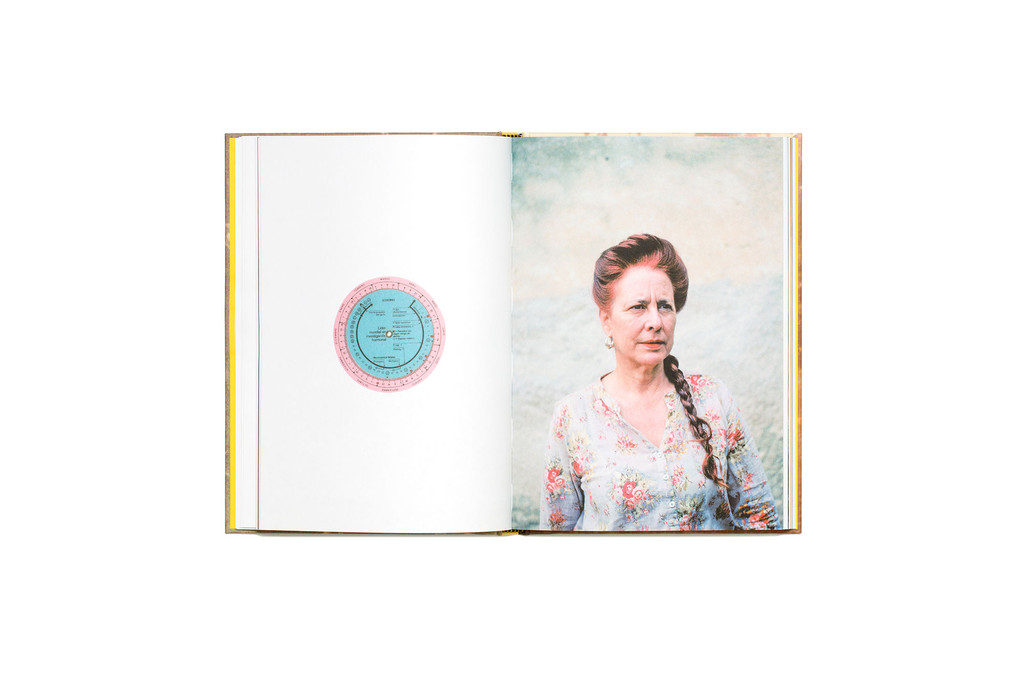




Week 6: 10 – 14 Oct
DESIGN & LAYOUT
Complete the following blog posts
RESEARCH > ANALYSIS: Research zines and newspaper design made by artists and photographer that will provide visual stimulus for your page design. Produce a mood board and consider the following in your analysis:
- How you want your design to look and feel
- Format, size and orientation
- Narrative and visual concept
- Design and layout
- Rhythm and sequencing
- Images and text
- Title and captions
InDesign
Create new document
width: 148mm
height: 210
pages: 16
orientation: portrait
columns:2
column gutter: 5mm
margins: top, bottom, inside, outside: 10mm
bleed: top, bottom, inside, outside: 3mm

Something to read: Something Tactile: Why Photographers Should Create Zines
Café Royal Books is a small independent publisher of photography photobooks or zines, and sometimes drawing, solely run by Craig Atkinson and based in Southport, England. Café Royal Books produces small-run publications predominantly documenting social, historical and architectural change, often in Britain, using both new work and photographs from archives. It has been operating since 2005 and by mid 2014 had published about 200 books and zines and they are held in major public collections
https://www.caferoyalbooks.com/

Editions Bessard is a paris-based independent publishing house created by pierre bessard in 2011. Focusing on working with artists, writers and curators to realise intellectually challenging projects in book form.


The new imprint Éditions Emile is named in honour of Emile F. Guiton, the founding father of the The Société Jersiaise Photographic Archive. The first set of publications is a series of small photo-zines comprising of 48 pages with an average of 30-40 images and a short text providing further context. With plans to publish three editions annually, each issue of ED.EM. will take a fresh look at a specific collection within the archive, by pairing it with either another collection or contemporary work, in order to re-contextualise the images, keeping the collections active and relevant for new audiences both in the island and beyond.
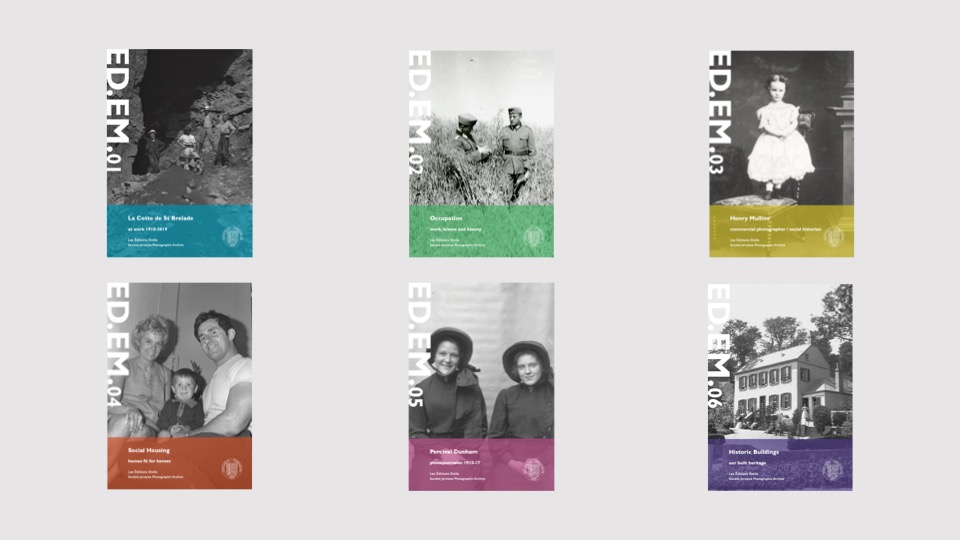
Darren Harvey Regan
Entwining image and object, the work of Darren Harvey-Regan (b. 1974 Exeter) often sees a hybridisation of the conventions of photography and sculpture. As quietly humorous as they are frustrating his works challenge the viewer to distinguish where representation ends and the object begins. “The presentation of photographs in interaction with objects serves to highlight the inherent tensions within representation; between the photograph as an object and the image of the world it contains. In this way, I consider the photograph as being something not only to think about, but to think with.”

Photobook: The Erratics
DEVELOPING > DESIGNING: Show variation of designs
- Create 2-3 examples of alternative layouts for your photo-zine using Adobe InDesign and complete a visual blog post that clearly shows your decision making and design process using screen-prints.
- Make sure you annotate!
See examples of previous students blog charting his zine design process, here.
https://hautlieucreative.co.uk/photo20al/wp-admin/post.php?post=31481&action=edit
Week 7: 17 – 21 Oct
PRINT & PRESENT
Complete the following blog posts
PRESENTATION > EVALUATION: Print, fold and bind final photo-zine and hand in for assessment.
Write an overall final evaluation (250-300 words) that explain in some detail how successfully you explored the first part of the IDENTITY & COMMUNITY project. Consider the following:
- Did you realise your intentions?
- What did you learn?
- Zine; including any contextual references, links and inspiration between your final design and theme, incl artists references.














